Jan Bartek – AncientPages.com – A diver who caught a glimpse of something metallic found tens of thousands of ancient bronze coins just off shore Sardinia, near Arzachena, Italy.
After alerting Italy’s Culture Ministry, divers ᴀssigned to an art protection squad and others from the ministry’s undersea archaeology department were sent to investigate the discovery.
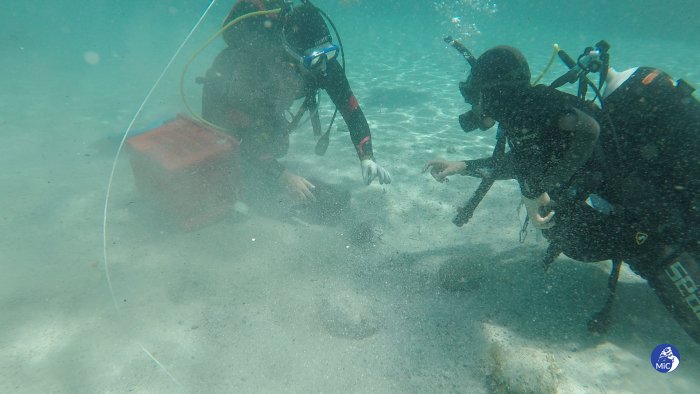
Credit: Italian Culture Ministry
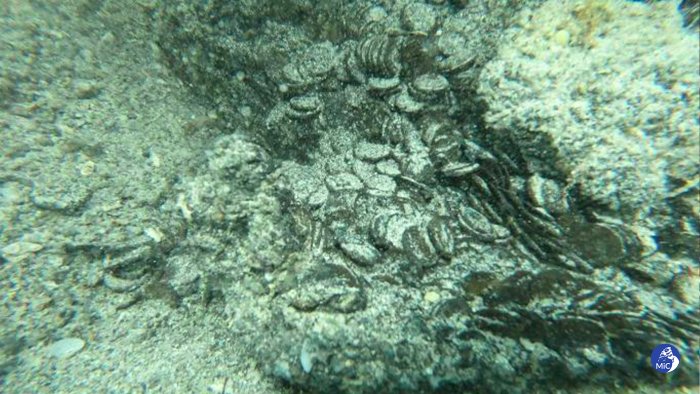
Credit: Italian Culture Ministry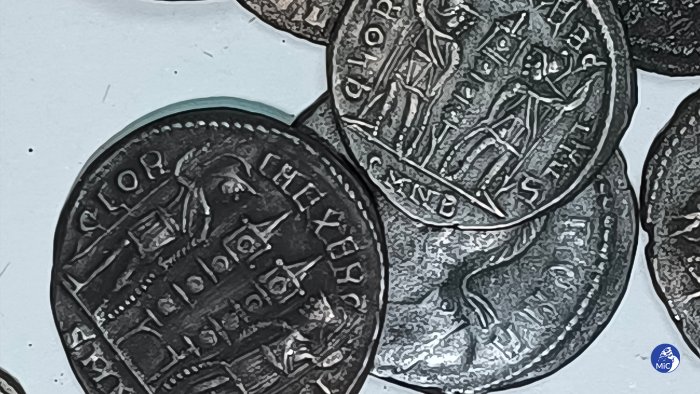
Credit: Italian Culture Ministry
According to experts, there are at least about 30,000 and possibly as many as 50,000 ancient coins dating back to the fourth century A.D. at the site. The vast number of coins, along with the position and morphology of the seabed, point to the presence of a shipwreck, according to the Italian Culture Ministry.
The artifacts, found in a wide area of sand between the underwater seagrᴀss and the beach, are so-called “follis”—Roman bronze or copper coins later used as Byzantine currency.
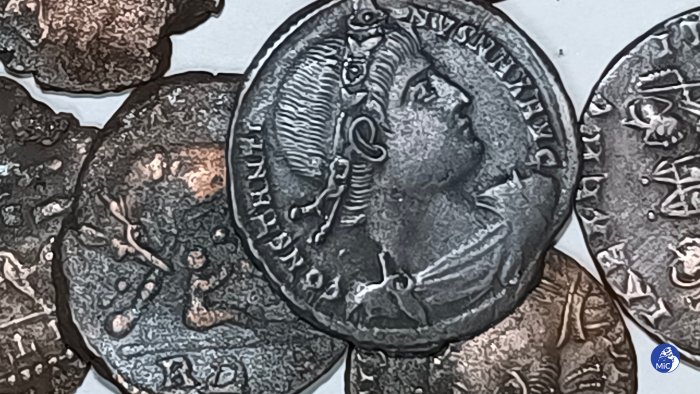
Credit: Italian Culture Ministry
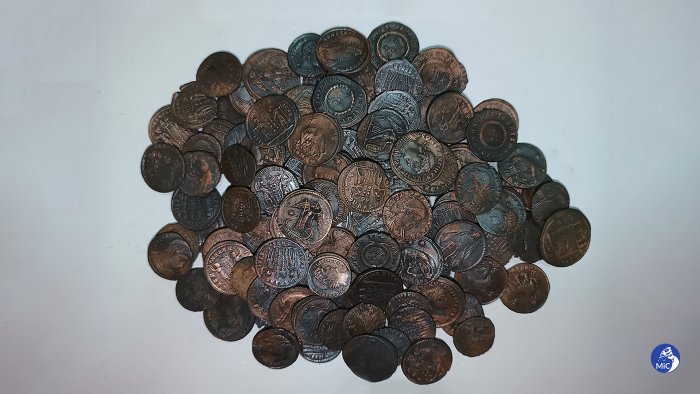
Credit: Italian Culture Ministry
All the retrieved coins are in a “rare state of preservation,” with only four damaged yet still legible. According to the statement, the coins date from 324 to 340 CE and were produced by mints across the Roman Empire.
“The treasure found in the waters off Arzachena represents one of the most important coin discoveries” in recent years, said Luigi La Rocca, a Sardinian archaeology department official.
See also: More Archaeology News
La Rocca added in a statement that the find is “further evidence of the richness and importance of the archaeological heritage that the seabed of our seas, crossed by men and goods from the most ancient of epochs, still keep and preserve.”
The archaeological underwater team also found walls of African- and eastern-produced amphorae—tall, narrow-necked Roman or Greek jugs with two handles.
Written by Jan Bartek – AncientPages.com Staff Writer





